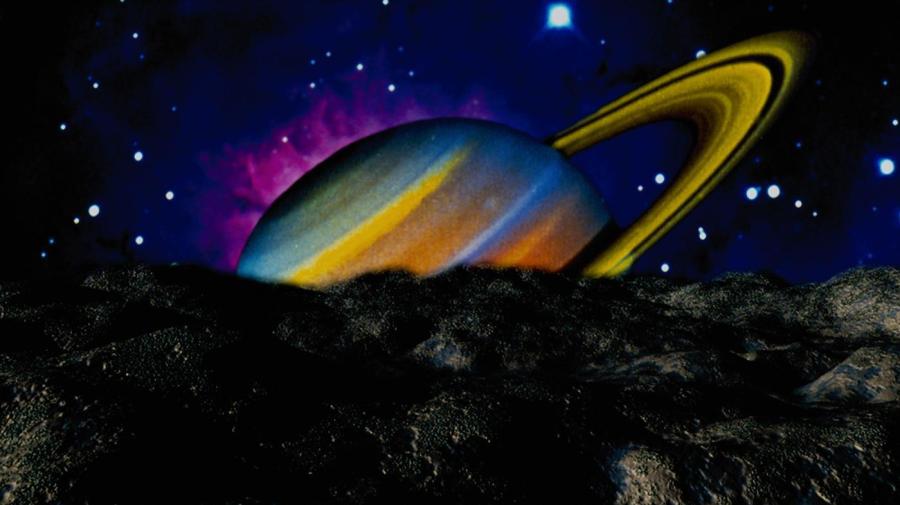What Is Saturn’s Surface Made Of?

The surface of Saturn is made of hydrogen, helium and a small amount of additional trace elements. The surface of Saturn is not solid, but is composed almost entirely of gas, making it impossible for any type of spacecraft to land on the planet.
The planet Saturn has no real surface; the surface is classified as the point at which the atmospheric pressure equals that of the Earth at sea level. There are methane and ammonia ices present in the atmosphere as well, but these are in small amounts. Saturn’s surface is also dotted with several storms, powered by the internal heat of the planet. Extremely high winds streak the surface into distinct bands of yellow and gold clouds that race around the planet, reaching speeds in excess of 1,000 miles per hour. Areas closest to its equator experience the most extreme winds, and wind speeds decrease proportionally as the distance from the equator increases.
Near the poles of Saturn, the surface periodically erupts into large thunderstorms, complete with lighting. While most storms on the surface are white, earning them the title of “Great White Spots,” a recent storm has grown quite large and has turned red, suggesting that a change in chemistry has taken place. Auroras have also been photographed on the surface of Saturn, at both the north and south poles.





